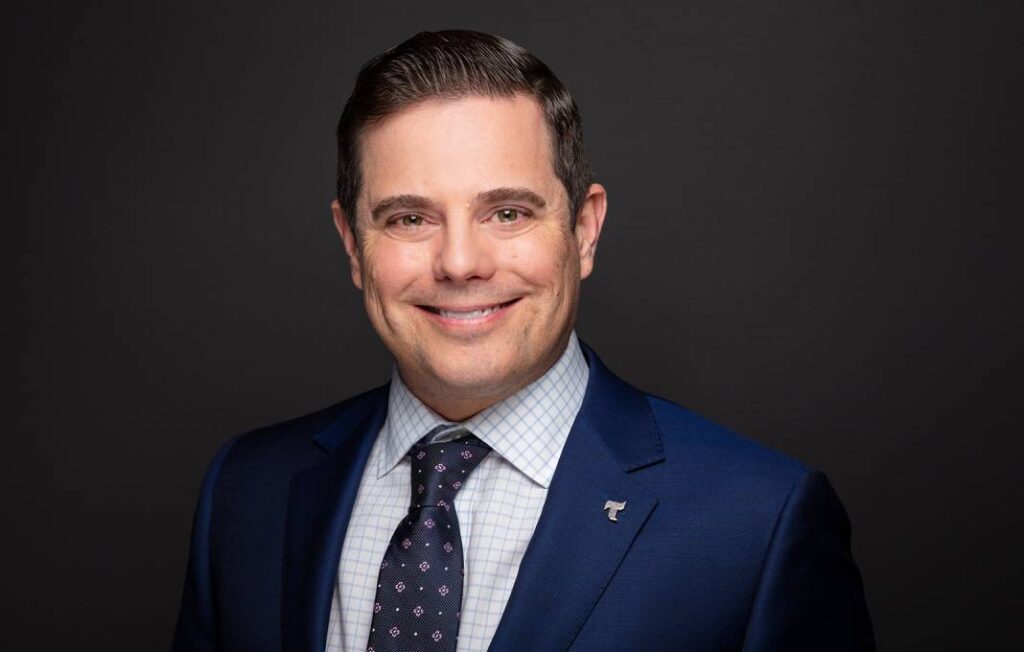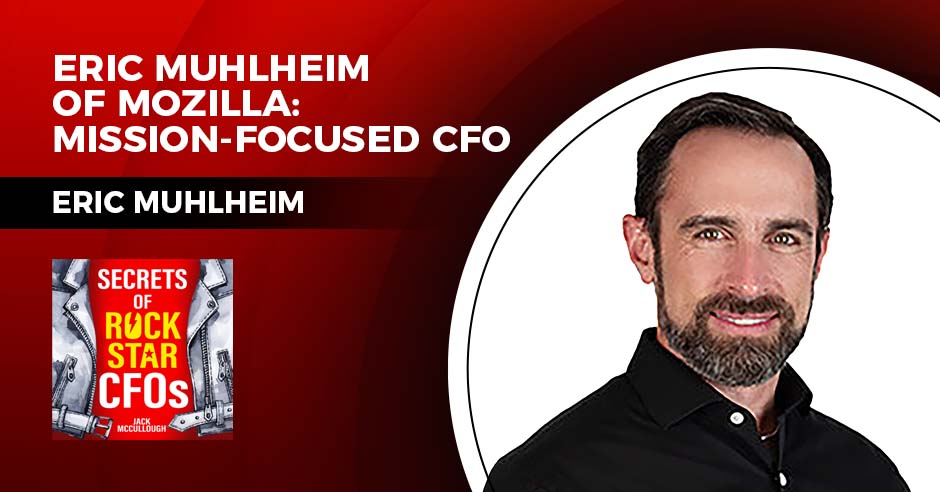Pierre Jullian, CFO of Debiopharm, a Swiss-based, global biopharmaceutical company, understands that his job is about numbers. But in a talk with StrategicCFO360, he looks at the totality of the role, including the creativity required for those who do it best.
“It’s not only about being rational and crunching the numbers,” he notes, “but also about understanding the storylines behind those numbers, how we read the business and how we craft the future.”
What excites and concerns you most about the financial sector?
The finance sector covers a wide range of activities, but as a CFO, I mostly experience finance as playing a vital role in supporting business projects through funding and investment. Basically, finance is exciting when the business is exciting. Finance needs to serve a purpose.
Making money with money is profitable by definition, but not necessarily captivating, while supporting innovative startups and witnessing their growth and success can be rewarding and compelling. I had a particular interest in joining the pharma industry because, at Debiopharm, I am managing the finances of a company that develops a new class of antibiotics or drugs that could cure cancer.
In a company, financial discipline—when run strategically—is all about connections:
- Connecting to almost all activities and all departments of the company. Yes, we deal with numbers, but we deal with people first.
- Connecting the future with the past. Finance is a key function that builds, or at least gives a vision of, the future and develops the roadmap from today to the desired future for the company.
- Connecting details with a strategic approach because both are important.
- Connecting the internal plan with the competitive intelligence in the external world to better understand and drive the company performance.
What is often underestimated is the immersion of creativity. We are not referring to the creativity of the artist, who expresses feelings and emotions—we are referring to the creativity of understanding the storylines and building a forward-looking statement. It’s not only about being rational and crunching the numbers, but also about understanding the storylines behind those numbers, how we read the business and how we craft the future.
This is particularly true in the business within the biopharma industry, with a 90 percent chance of failure within R&D development and a massive part of “we don’t know what we don’t know.” The role is about managing expectations, envisioning anticipation and creating a vision for the future.
However, the financial markets can be shortsighted, which can create unnecessary agitation and volatility, and therefore can cause companies to lose sight of their overall purpose. The market ebbs and flows, but the financial sector should always be thinking of the bigger picture, the fundamentals.
What strategies can CFOs implement to help manage growth during times of economic uncertainty?
We are permanently in a state of economic uncertainty, where markets are tense and ambiguous, the competition is active and customers’ behaviors are usually dynamic. I don’t know many CFOs that could say, “We are in a time of economic stability.” Therefore, it’s more a question of gradient/degree.
First, a CFO has to proactively prepare and do some what-if scenario planning, otherwise known as, hope for the best, plan for the worst. This anticipation won’t necessarily solve everything but will help you to prepare a contingency plan to get into the problem itself by thinking and acting with less emotions.
Strengthening the cash reserve—when you can—is also part of the preparation; it will prevent a company from accelerating investments but it will also heighten their survival rate during a downturn of fortune. This goes against many finance gurus promoting the extensive and unconditional use of debt but those companies with high leverage ratio are now exposed, sometimes trapped with the debt servicing.
A CFO’s role is to play with the brake and the accelerator pedals. Also, with this cash reserve, utilizing deals in a recession where valuation has dropped might actually increase an organization’s stance to outperform their industry peers. On a reactive note, this is the opportunity to change the paradigm and focus on being intentional about progress rather than growth and building on becoming increasingly more efficient.
Lastly, effective communication and stakeholders’ management are key. CFOs should maintain open and transparent communication about the organization’s financial performance, and any risks associated with company earnings. This is especially vital to instill loyalty with stakeholders, including the board of directors, investors, lenders and employees. Ideally, transparency will provide the organization with a competitive edge, promote innovation and build trust with their employees.
From a healthcare perspective, what differentiates a CFO’s role when working at a private versus public company?
Investor relations and the financial markets themselves can provide a clear picture on the difference between the two. In a public company, a CFO reports to the financial markets as often as he or she reports to the CEO and the board. You are constantly selling the model of the company and reiterating that your decisions are right based on the financial markets and the stock price. Also, given the nature of a public company, a CFO needs to have a more compliant presence. They should be able to publicly address any financial performance issues, as well as be proficient with financial market regulations.
On the contrary, private companies can be more independent, having different timelines. Although private companies must be split into two specific categories: those who are financially independent and those with a truly short cash runway who must raise funds regularly to stay afloat. In the biotech industry, for example, as soon as progress is made, the CFO works with the CEO to obtain additional funds to maintain growth and innovation.
Raising money while bringing value each year tends to add pressure to the operation, but it can be extremely rewarding. In private companies, a CFO tends to have minimal compliance obligations, so they can focus their attention on what is required and necessary to move the company forward.
Performance management and incentive is a concrete translation of this model. In a public company, incentives for executives are mostly linked to the stock performance. Private companies tend to be more independent, in which you can incentivize people differently, and your work can be accomplished at your own pace. They can take a path that a public company may not entertain because the stock could be impacted, or it could be too risky.
The relationship between a CFO and CEO is one of the most important partnerships in any business. For the betterment of the company, how do both roles ensure they maintain a productive working chemistry?
Both executive roles should work in partnership to align on the financial and strategic goals within the company. Together, they must create the context for the CFO to be a player and not an expert while remaining independent, which is a delicate balance.
Typically, the CEO is the entrepreneurial, enthusiastic, creative face of the company, while the CFO thinks analytically. The CFO is typically a “what if” type of person, while the CEO is a “why not” type of person.
This description looks caricatural, but they need to have the right and fair conversations so that the CFO can help the CEO make the right decisions, as well as trade-off as they are ultimately managing scarcity of resources. The financial side determines what should be prioritized based on data. The overseer tends to be emotionally connected to certain projects or endeavors, since they’ve likely put a lot of time and energy into them.
Additionally, it’s important to align on determining what is financially benefiting the company and what is not, as well as what the performance drivers are. Put simply, the CFO translates a CEO’s mission and vision into numbers. Scenario and strategic planning are an exercise that should be built together.
For a financial executive to be successful, they should remember that the monetary aspect, although an integral part of a company’s sustainability, is not the only driver in a private company. Open, consistent communication between both members of the executive team is integral in ensuring the synergy and direction of an organization.








